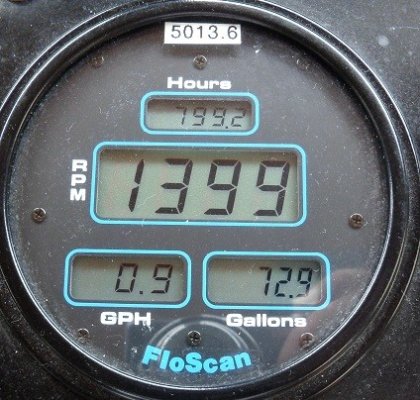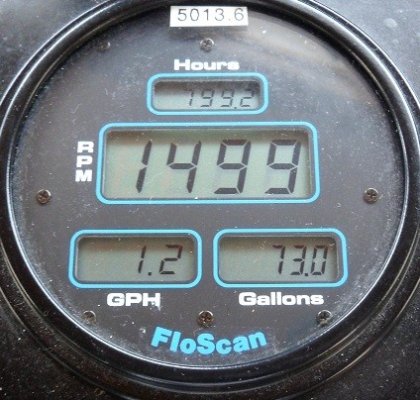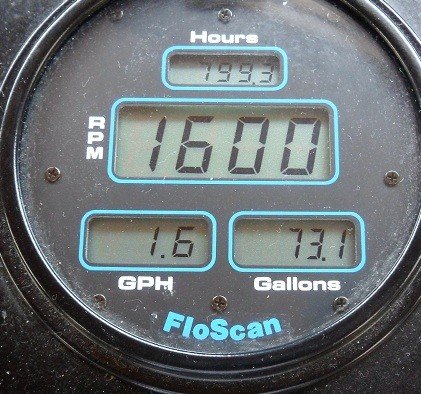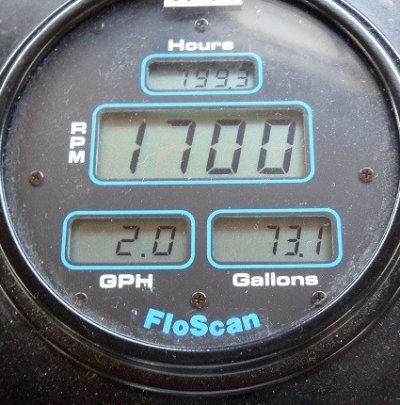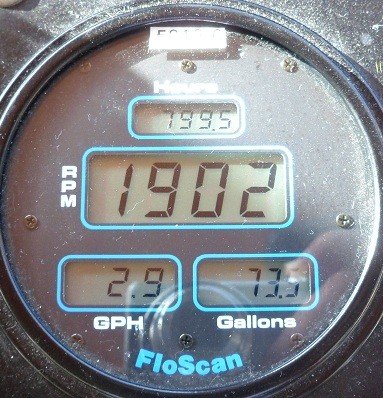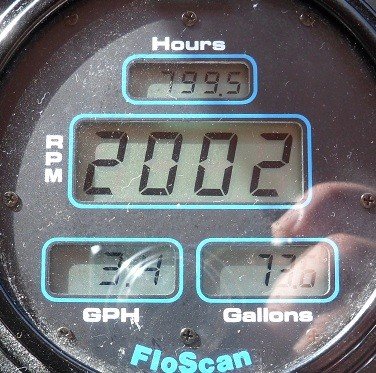SomeSailor
Guru
- Joined
- Oct 22, 2011
- Messages
- 784
- Vessel Name
- Honey Badger
- Vessel Make
- 42' CHB Europa
Why not remark them to represent gallons, not inches?
They're already marked in inches.
I had to do the calculations initially without draining the tanks. Knowing the shape and dimensions I could know what an inch drop in fuel level meant.

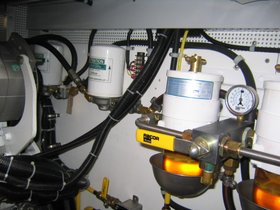


 )...not just camping on the water which I'll bet some of us did that for years and prefer more room and conveniences.
)...not just camping on the water which I'll bet some of us did that for years and prefer more room and conveniences.